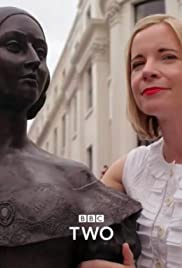
Historian Lucy Worsley restages the 1840 wedding of Queen Victoria and Prince Albert. Aided by a team of experts, Worsley recreates the most important elements of the ceremony and the celebrations, scouring history books, archives, newspapers and Queen Victoria’s diaries for the details. She reveals how every moment was brilliantly stage-managed for maximum effect. Woven into the recreation of the wedding day is the story of Victoria and Albert’s courtship and engagement, and its political importance.
You May Also Like

Barcelona, Spain, 1912. The disappearance of a girl from a wealthy family triggers a series of events that will shake the weak foundations of a hypocritical society.

Caesar and his assassins are dead. General Mark Antony now rules alongside his fellow defenders of Rome. But at the fringes of a war-torn empire the Egyptian Queen Cleopatra and Mark Antony have fallen fiercely in love. In a tragic fight between devotion and duty, obsession becomes a catalyst for war.
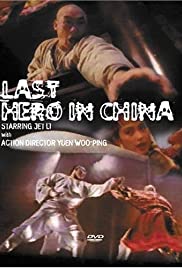
Jet Li stars in this comic spectacle as a Chinese “Robin Hood” who stumbles upon a kidnapping scheme after unwittingly opening a martial arts school next to a brothel!
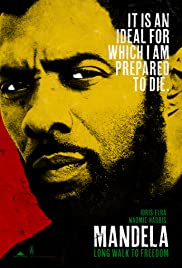
A chronicle of Nelson Mandela’s life journey from his childhood in a rural village through to his inauguration as the first democratically elected president of South Africa.
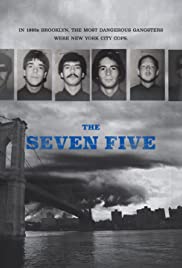
Meet the dirtiest cop in NYC history. Michael Dowd stole money and dealt drugs while patrolling the streets of ’80s Brooklyn.

The shocking story of Aum Shinrikyo, the doomsday cult that unleashed a deadly nerve gas in Tokyo’s subway system in 1995. Founded by disillusioned yoga teacher Shoko Asahara, Aum transformed into a terrorist organization while Japan’s police and media turned a blind eye. Featuring rare archival footage and an interview with one of Asahara’s former high-ranking disciples. A Sundance premiere.
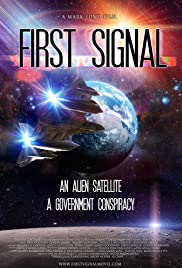
When Air Force Space Command receives a signal from an alien satellite in Earth orbit an emergency meeting with the President reveals a government conspiracy.

The year is 1575 in feudal Japan. Oda Nobunaga’s (Kippei Shiina) forces defeat Takeda Katsuyori, when Nagashino Castle was besieged during the Battle of Nagashino. The next year Oda Nobunada decides to build a lavish new castle symbolizing his unification of various factions. The castle named Azuchi Castle will be built near water and high enough to be seen from the capital city of Kyoto. Director Mitsutoshi Tanaka’s adaptation of Kenichi Yamamoto’s novel of the same name received the 33rd Japan Academy Film Prize for Excellent Art Direction.